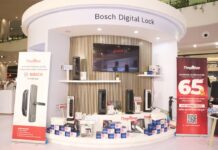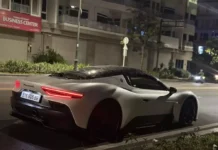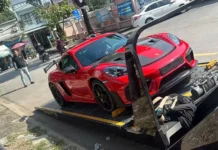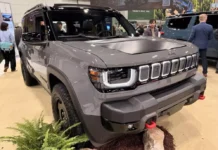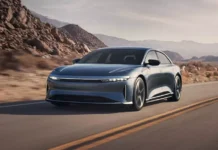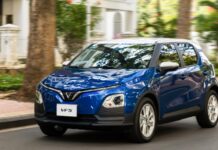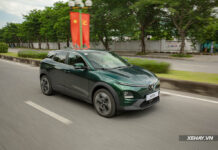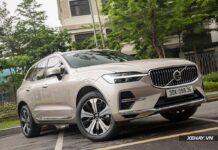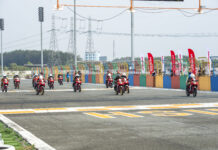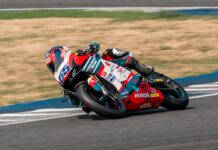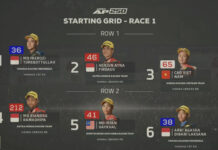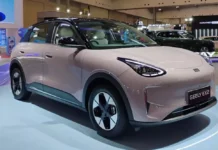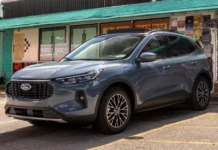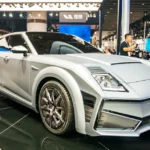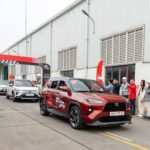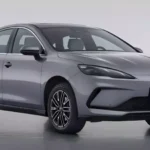The soaring demand for Toyota’s gas-electric hybrid vehicles has put a strain on suppliers, leading to parts shortages and lengthy waiting periods for customers, according to sources who spoke to *Reuters*. This surge in popularity presents a challenge for Toyota, the leader in hybrid technology, but it also validates their strategy of investing in hybrid technology, contrary to predictions by some rivals that electric vehicles would render hybrids obsolete.
Toyota’s hybrid sales have soared, with global sales, including plug-in hybrids, nearly tripling in the past five years, according to data from LMC Automotive. This has led to a shortage of vehicles at Toyota dealerships in major markets such as the US, Japan, China, and Europe, according to sources. The challenge for Toyota is to keep up with this surge in demand and ensure a consistent supply of vehicles to its customers.
Customers in Europe are currently facing average waiting periods of 60 to 70 days for new hybrid vehicles, nearly double the wait time in 2020. Toyota attributes this delay to high demand and limited supply for models such as the Yaris Cross Hybrid and RAV4 PHEV. In Japan and the US, customers are facing similar delays, with some models sold out and waiting times stretching for months.
Toyota’s success with hybrid vehicles has been a bright spot, especially in competitive markets like China, where their overall sales have faced a decline. This trend is not unique to Toyota, with rivals Hyundai and Kia also experiencing challenges in meeting the demand for their hybrid models due to capacity constraints. The wait time for popular hybrid models from these brands can be as long as a year, indicating that the demand for hybrids is outpacing the industry’s ability to supply them.
The bottlenecks in the supply chain for hybrid components, particularly those related to the hybrid powertrain, are the main cause of these delays. Toyota is working to address these issues and has already identified some supply bottlenecks, which has helped reduce waiting times. They are also investing in increased production capacity, both in India and North America, to meet the growing demand for their hybrid vehicles.
Expanding Capacity to Meet Demand
Toyota India’s Vice President, Varinder Wadhwa, acknowledged that they had successfully eliminated some supply bottlenecks, significantly reducing waiting times. The company has recently expanded its production capacity by 32,000 units per year and is investing further to increase production by an additional 100,000 units.
In North America, Toyota has made a significant investment in a battery plant in North Carolina to support its hybrid vehicle sales. Nearly half of the cars assembled by Toyota in the US last year were hybrids, highlighting the importance of this market. The new battery plant is expected to start supplying batteries for electrified vehicles in North America by April 2025.
Toyota’s strategy of investing in hybrid technology has proven successful, and they are now focused on expanding their production capacity to meet the growing demand. With their recent investments and efforts to streamline the supply chain, Toyota is working to ensure that customers don’t have to “wait long” for their popular hybrid vehicles.
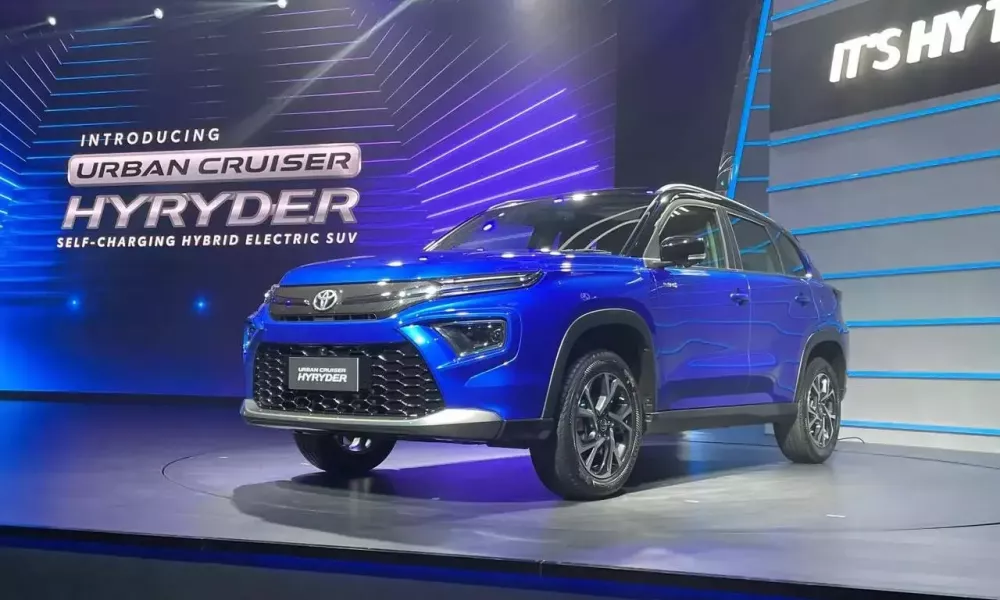
Toyota’s hybrid cars are in high demand, leading to longer wait times for customers.
While some customers may be frustrated by the delays, others recognize the benefits of hybrid vehicles, particularly their fuel efficiency. Rakesh Kumar, a businessman in Uttar Pradesh, India, who received his Toyota Hyryder Hybrid after a five-month wait, said, “My family already had a hybrid car. I knew it had better fuel consumption than any other model.”
Supply Chain Bottlenecks Cause Delays
The main cause of the delays is the limited supply of components for the hybrid powertrain, many of which are produced in Japan and then shipped overseas for assembly. One of the key issues is the shortage of magnets used in parts supplied by Aisin Corp. This has led to a delay in the delivery of rotors and stators, causing a ripple effect of delays in the supply chain.
Similar challenges are faced by Denso, Toyota’s top parts supplier, due to bottlenecks in their supply chain, particularly with the delivery of inverters, a crucial component in hybrid vehicles. In response, Toyota is considering alternative suppliers and local production of inverters in India to mitigate the impact of these shortages.

The wait time for the Hyundai Palisade Hybrid can be as long as a year.
Reuters interviewed industry insiders, including Toyota and supplier employees, who provided insights into the challenges faced by the hybrid supply chain. These delays have led some customers to opt for gasoline-powered vehicles from other brands, but many remain loyal to Toyota, recognizing the benefits of their hybrid technology.
Toyota’s strategy of focusing on hybrid technology has paid off, and they are now working diligently to meet the demand for their popular hybrid vehicles. With their recent investments and efforts to streamline production and supply chain processes, Toyota is well-positioned to maintain its leadership in the hybrid market and provide customers with the fuel-efficient, environmentally friendly vehicles they desire.

